Building a powerful chest isn't just about aesthetics—it’s a hallmark of upper body strength and one of the most rewarding areas to train. If you're serious about adding size and fullness to your pecs, it's not enough to rely on random movements or internet fads. You need a chest routine built on time-tested exercises, smart progression, and consistency. Below, we’ll dive into the best chest exercises for mass, explain how to structure the most effective chest workouts, and share insights from years in the gym trenches.
Why Chest Mass Training Requires More Than Just Bench Press
The bench press is iconic—and undeniably effective—but it shouldn't be your only weapon. To maximize chest hypertrophy, you must stimulate all regions of the pectorals: upper, mid, and lower. A balanced chest routine challenges the muscle from multiple angles, recruits both fast- and slow-twitch fibers, and includes both compound and isolation movements.
1. Barbell Bench Press
The Foundation of Chest Mass
There’s a reason this lift has anchored chest routines for decades. The barbell bench press allows for maximum loading, making it ideal for building size and strength in the mid-pec region. For mass gains, work in the 6–8 rep range and focus on progressive overload.
Tip: Keep your shoulder blades retracted and lower the bar under control to prevent shoulder strain and engage more chest fibers.
2. Incline Dumbbell Press
Targeting the Upper Chest with a Deep Stretch
Many lifters struggle with underdeveloped upper pecs. The incline dumbbell press emphasizes this area while also allowing a deeper range of motion than a barbell. The independent nature of dumbbells helps correct muscle imbalances and provides a superior stretch at the bottom.
Programming: 3–4 sets of 8–12 reps after your heavy barbell work.
3. Weighted Dips (Chest-Focused)
A Forgotten Mass-Building Classic
When done with a forward lean, dips place massive tension on the lower chest and outer pec fibers. Adding weight with a dip belt increases resistance, making this an excellent finisher or secondary compound movement.
Cue: Point your elbows outward and lean forward to keep the stress on your chest rather than your triceps.
4. Machine or Cable Flyes
For Constant Tension and Muscle Isolation
Free weights are great, but cables and machines shine when it comes to constant tension. Flyes help isolate the pecs and create that deep contraction in the inner chest. Cables in particular allow for a full range of motion without the risk of joint stress.
Use them at the end of your workout for 3–4 sets of 12–15 reps to really squeeze out every bit of volume.
5. Incline Smith Machine Press
For Safe, Targeted Volume
The Smith machine removes the need for stabilizing muscles and allows you to focus entirely on pressing through your chest. It’s especially effective for high-volume sets when you’re fatigued or training alone.
Bonus: You can safely go closer to failure with minimal risk.
Best Chest Workout for Mass (Sample Routine)
Here’s how a weekly chest day might look:
| Exercise | Sets | Reps |
|---|---|---|
| Barbell Bench Press | 4 | 6–8 |
| Incline Dumbbell Press | 4 | 8–10 |
| Weighted Chest Dips | 3 | 8–12 |
| Machine Chest Press (Drop Set) | 3 | 10–12 + drop |
| Cable Flyes | 3 | 12–15 |
Rest: 60–90 seconds between hypertrophy sets, 2–3 minutes between heavy sets.
Personal Take: What Changed My Chest Development
In my early lifting days, I was obsessed with the flat bench press. I’d max out weekly and chase numbers, but my chest remained flat and underwhelming. The turning point came when I restructured my workouts to prioritize quality contractions over ego lifting. Adding incline dumbbell work and cable flyes changed everything. Not only did my upper chest finally grow, but my shoulders stopped hurting, and I began to feel my pecs working the way they were meant to.
The biggest takeaway? Building mass isn’t just about lifting heavy—it’s about lifting smart and connecting with the muscle every rep.
Final Thoughts
If you’re after a thicker, fuller chest, the best chest exercises for mass aren’t flashy—they’re effective. Blend heavy compound lifts with targeted isolation movements. Train with intent, control, and consistency, and your results will reflect the effort. Don’t forget to eat to support growth and allow adequate recovery between sessions.




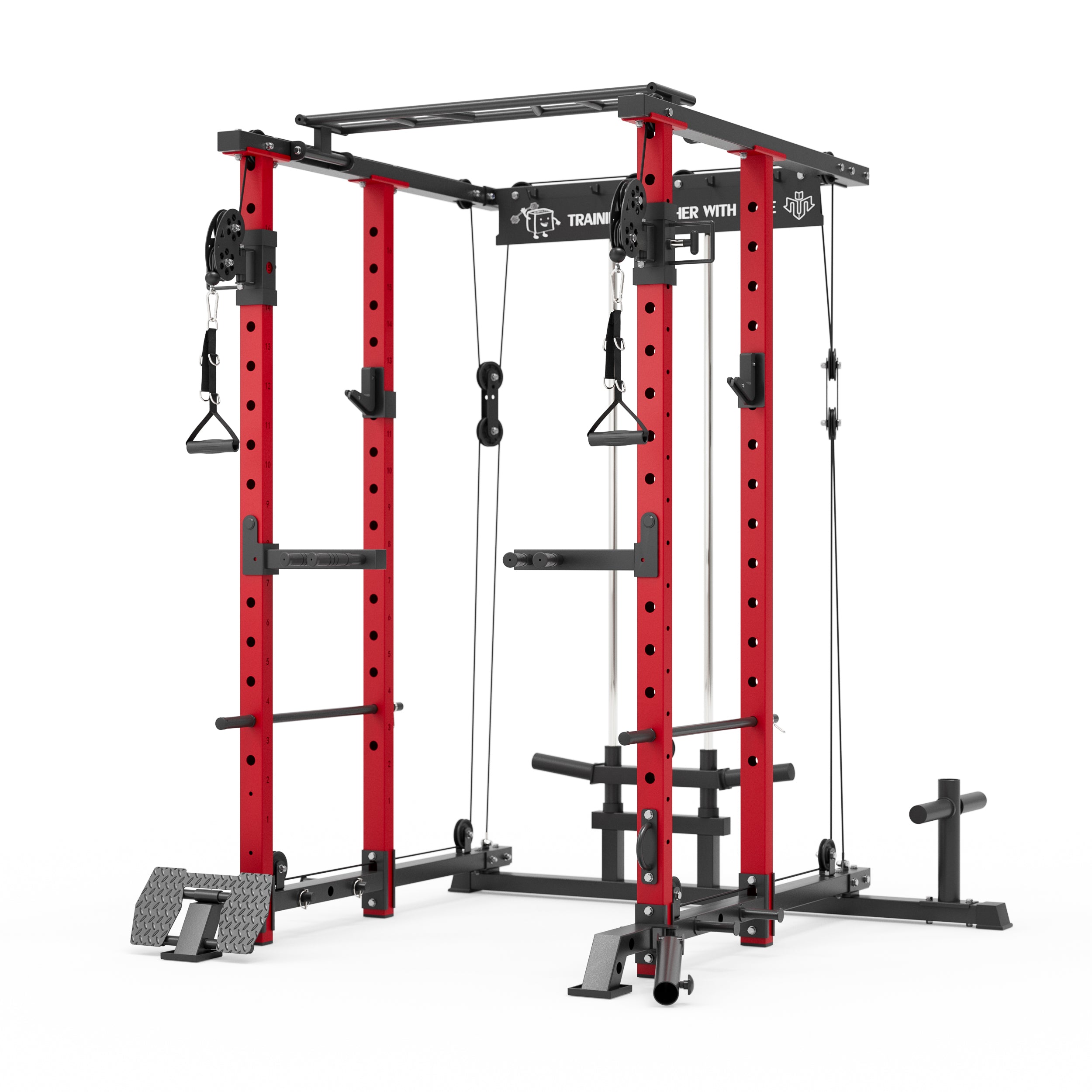


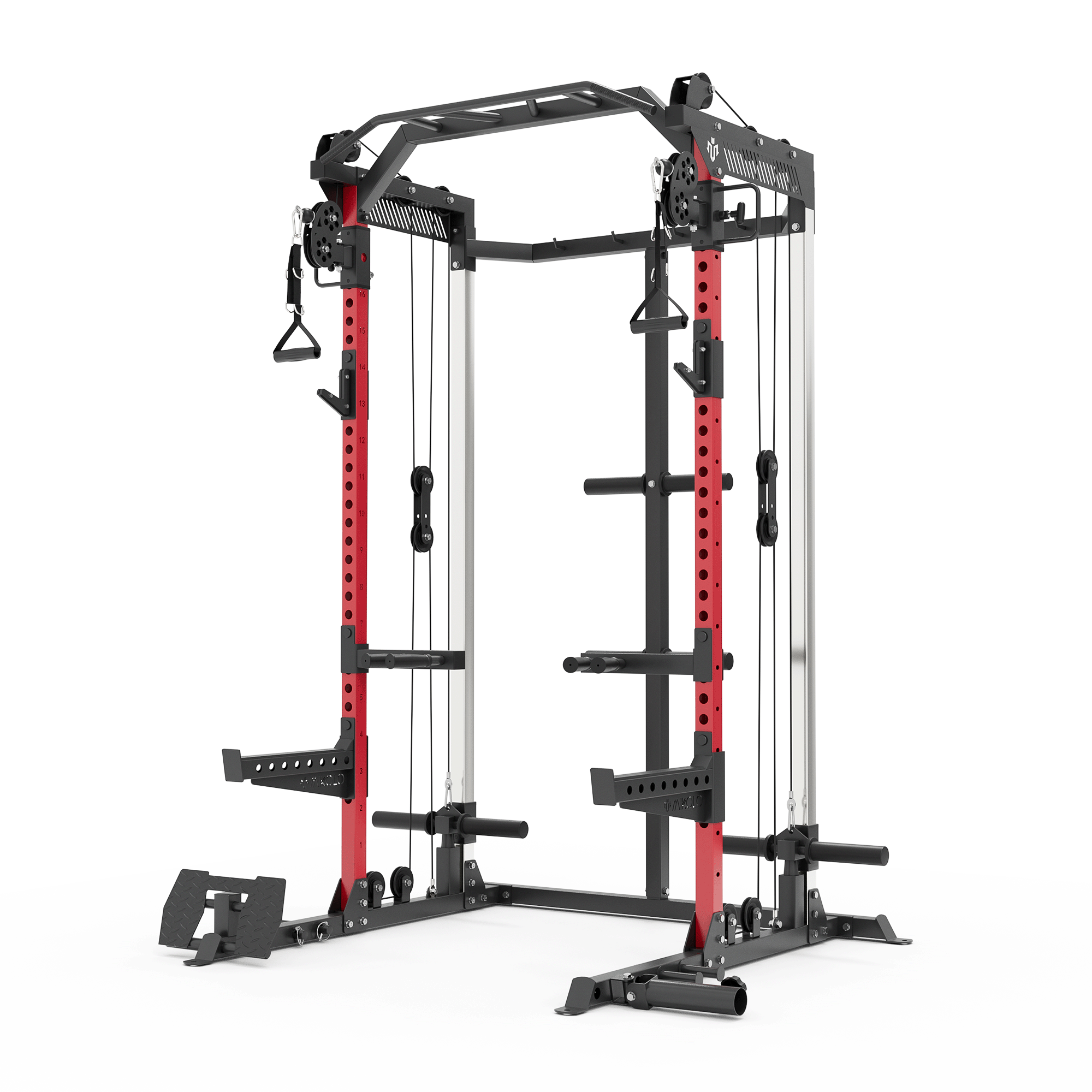








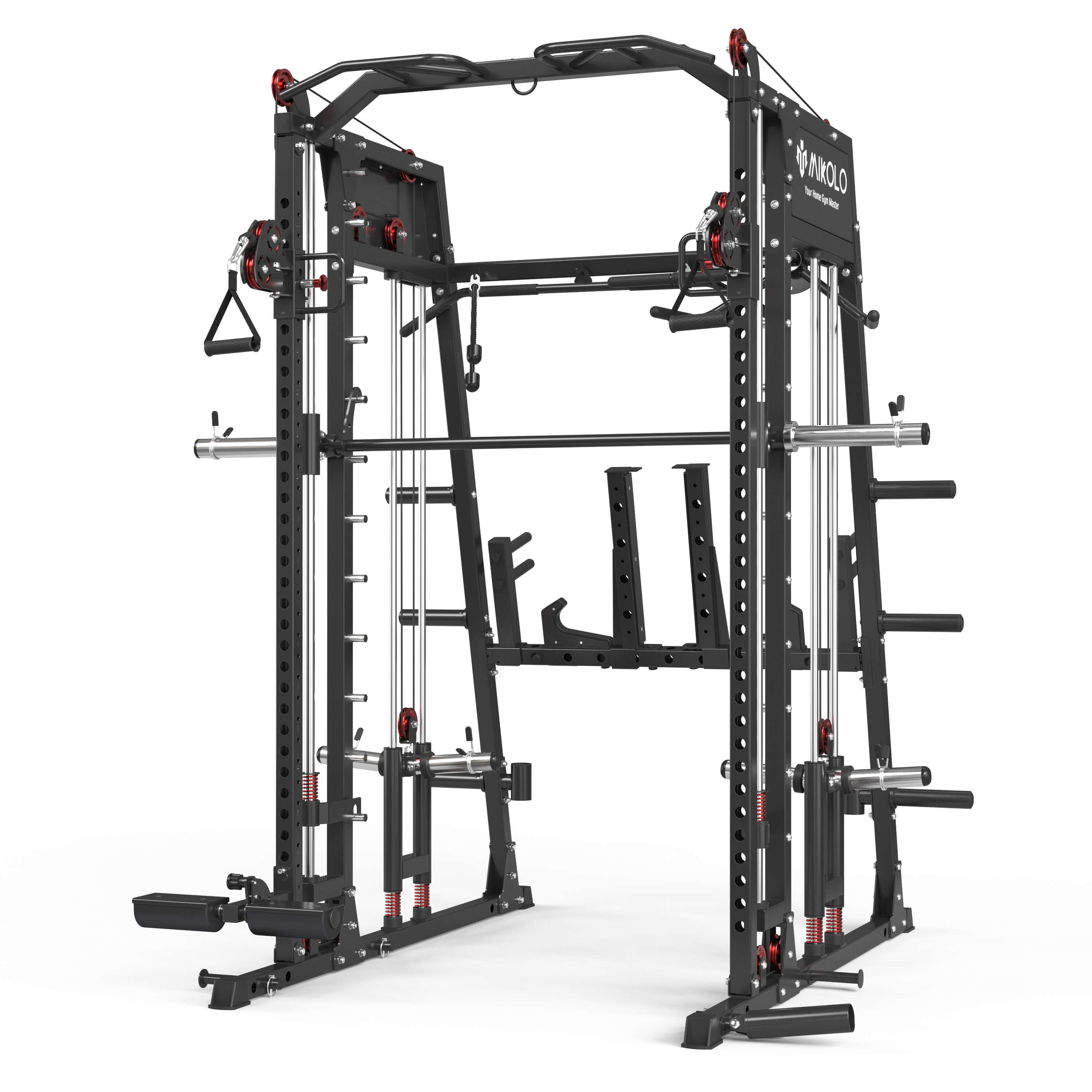









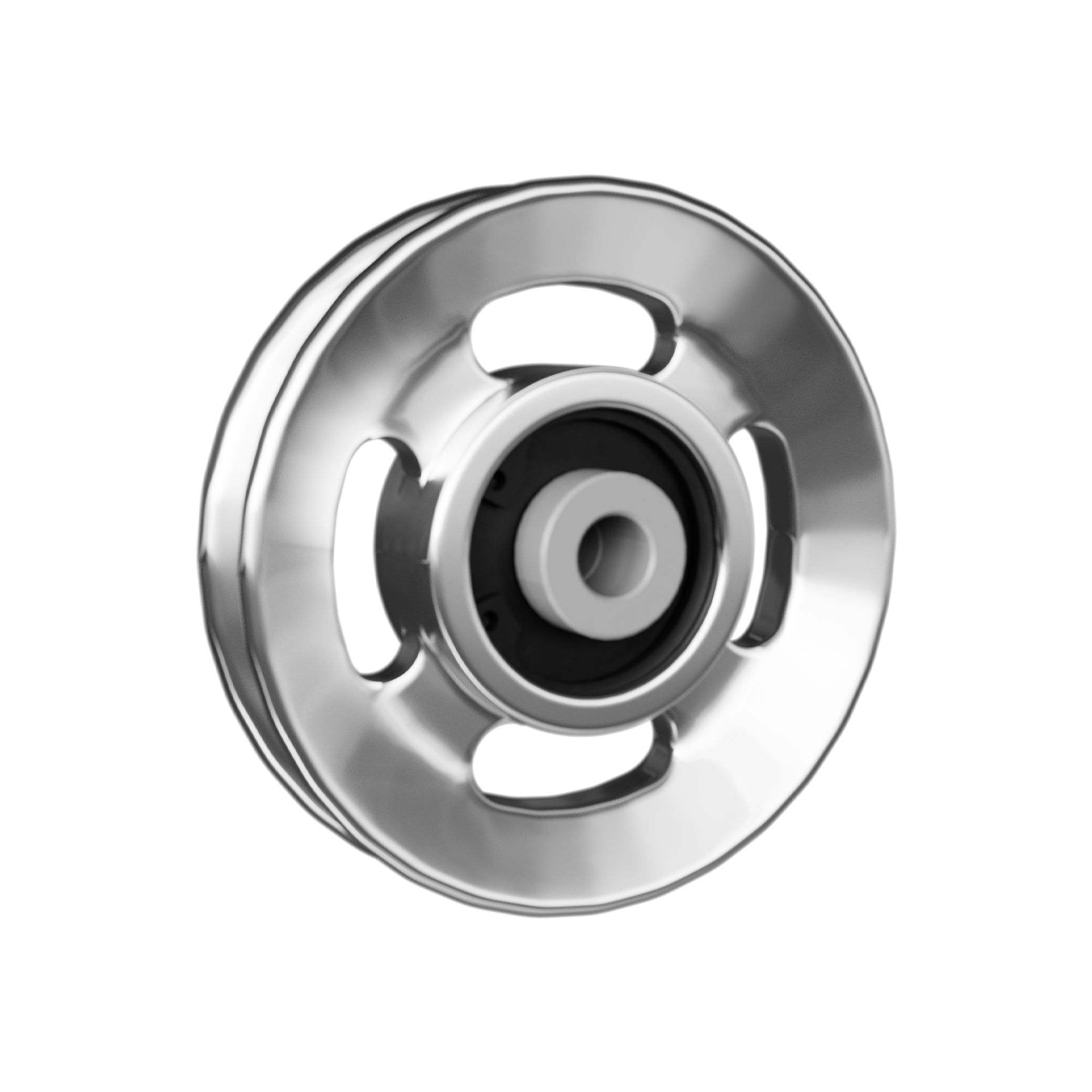



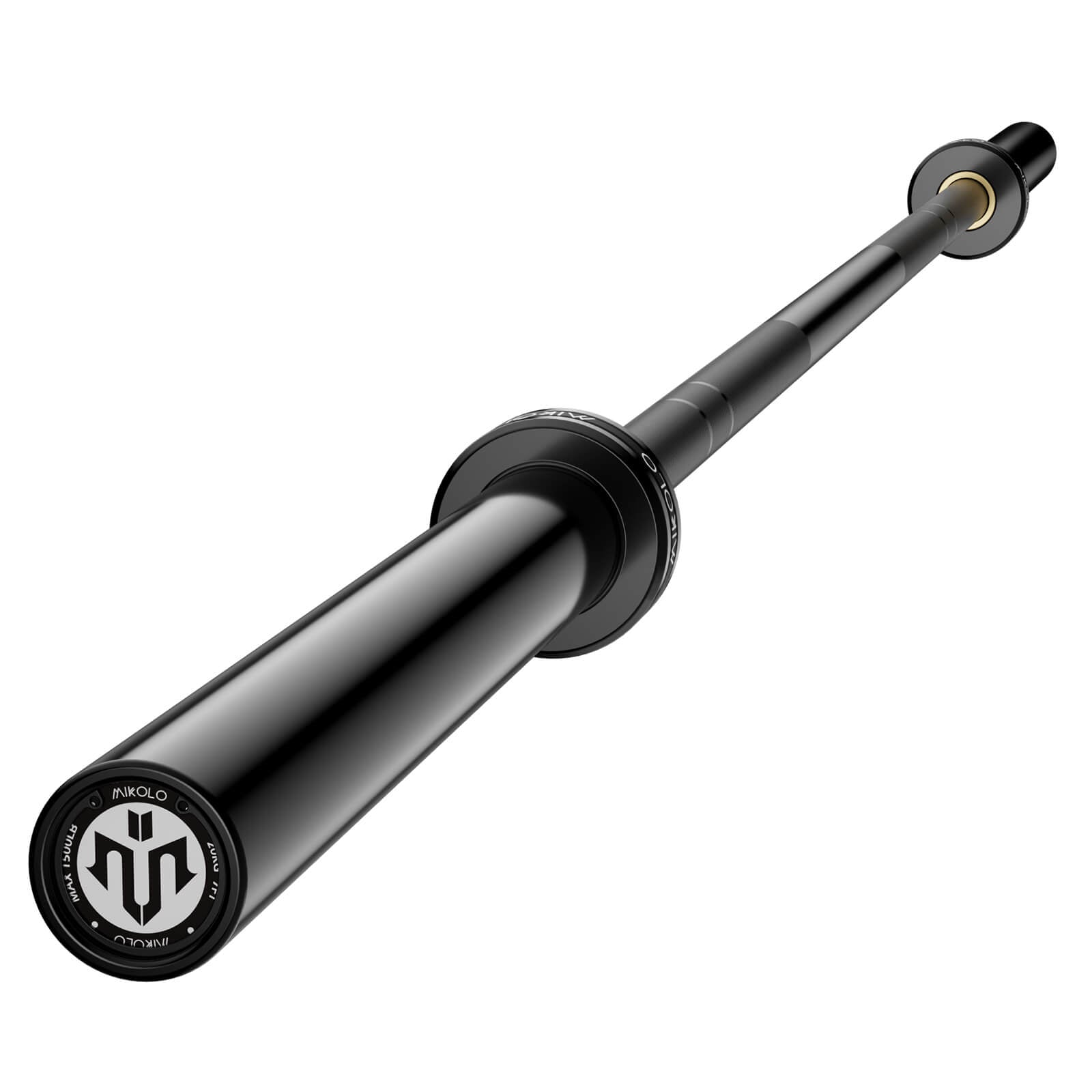




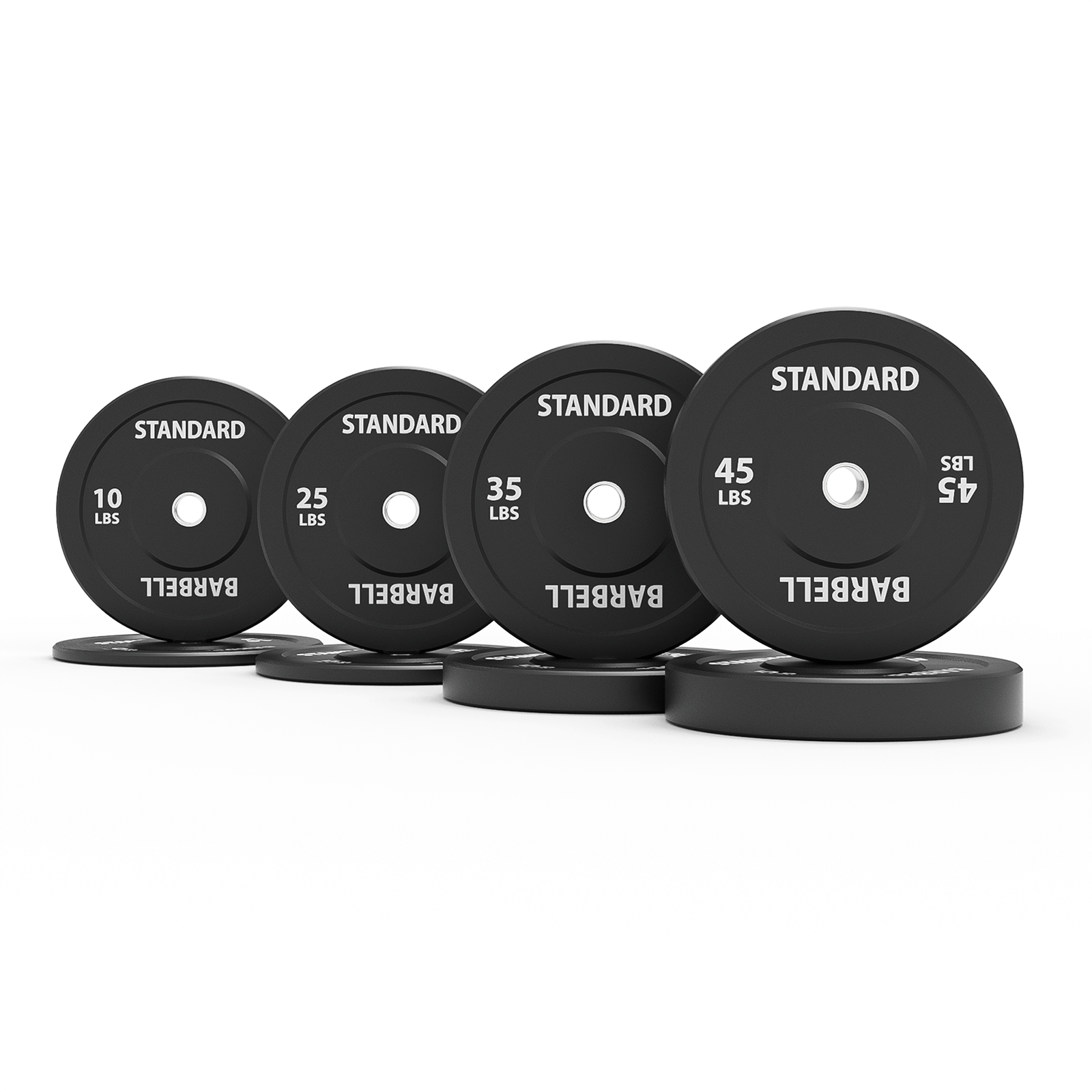




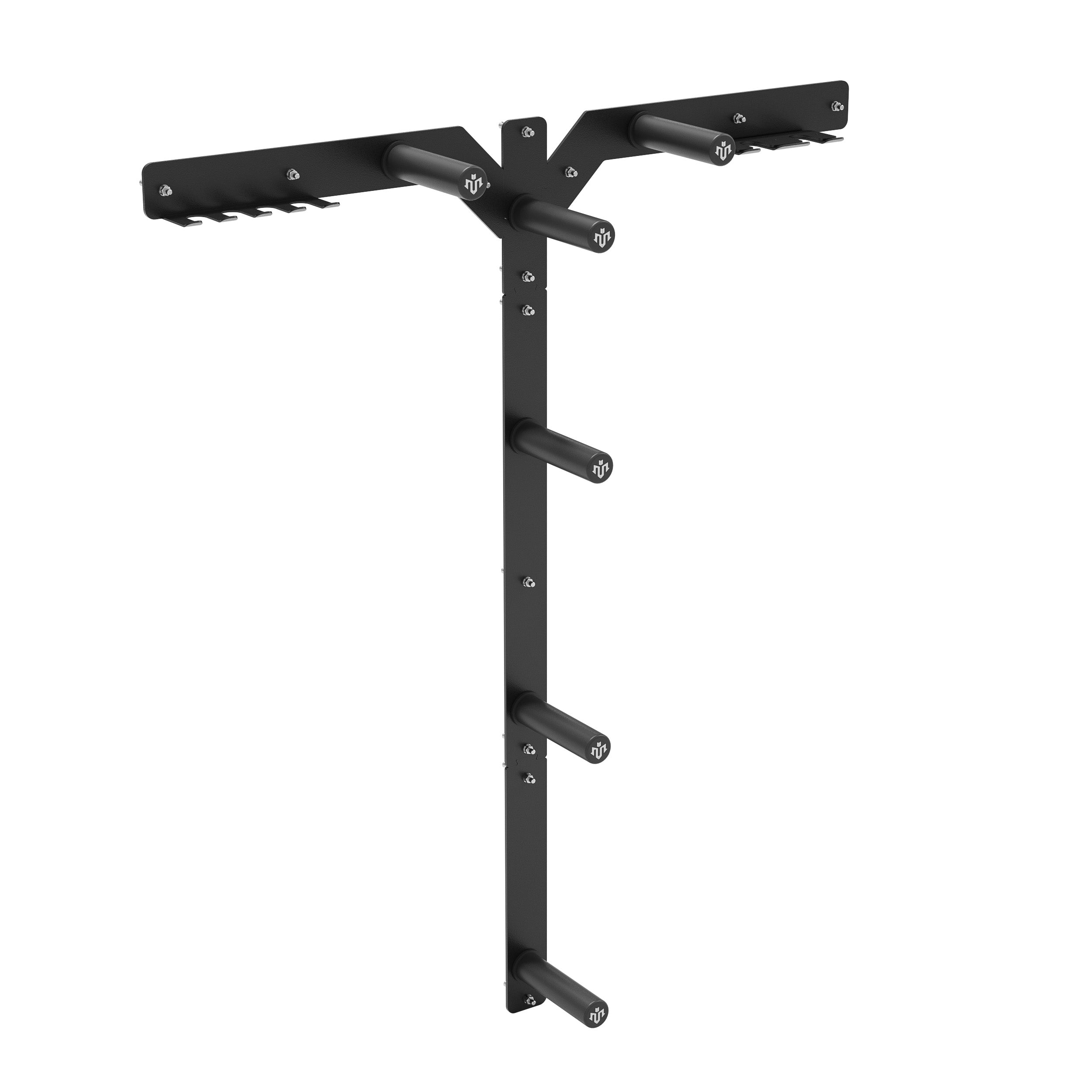




Leave a comment
This site is protected by hCaptcha and the hCaptcha Privacy Policy and Terms of Service apply.